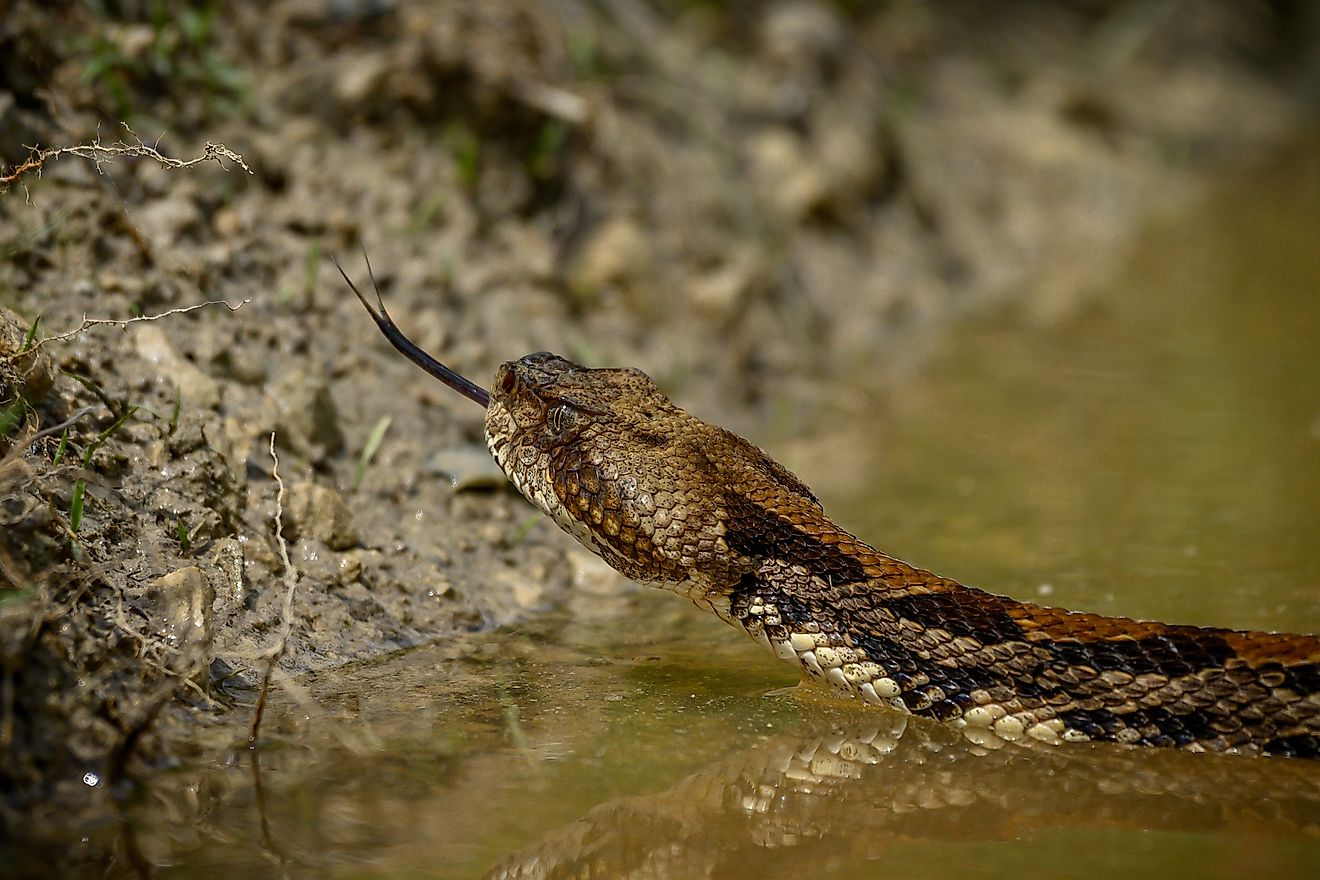
Owens Lake, California
Located in the eastern Sierra Nevada Mountains of Inyo County, California, Owens Lake once thrived as a vital source of water for the region. However, in the early 20th century, the water from the lake was diverted to Los Angeles as the city was rapidly growing and in need of a reliable water source. This diversion, combined with the effects of climate change, left the lake mostly dry. Today, the lake bed serves as a unique ecosystem and is home to hundreds of species of wildlife, including migratory birds, insects, and plants. Despite its current state, Owens Lake continues to offer some of the most stunning and picturesque views in California. The lakebed is a unique landscape, with its cracked mud flats, tall dust towers, and vibrant sunsets. It is a destination that offers a glimpse of the past and a chance to appreciate the beauty of nature in a unique and unexpected way.
Geography Of Owens Lake

Inyo County, California, is home to Owens Lake, a vast body of water situated in the Great Basin Desert. The Eastern Sierra Nevada mountain range surrounds the lake, which is near the cities of Big Pine, Bishop, and Lone Pine. At an elevation of 4,000 feet above sea level, Owens Lake spans over 110 square miles, offering a unique and varied landscape of sagebrush-covered hills and rugged mountains. A natural basin holds the lake, and its vast expanse of flat, dry lakebed results from diverted water. Visitors can explore the lake and its surrounding areas, including state and national parks such as the Inyo National Forest and the Owens Valley, for outdoor activities such as hiking and camping. The Great Basin Desert and the Sierra Nevada Mountains combine to create a unique and diverse landscape for visitors to experience the area's natural beauty.
Brief History Of Owens Lake

Owens Lake has a rich history that is intertwined with the development of the city of Los Angeles. Originally, the lake was a large freshwater lake fed by the Owens River, a tributary of the Los Angeles River. The lake played an important role in the lives of the indigenous people (the Paiute people) and the early settlers of the region, who used it as a water source for irrigation and drinking. However, the growth of Los Angeles in the early 20th century led to the construction of the Los Angeles Aqueduct in 1913. It diverted the water from the Owens River away from the lake and into the city. This caused the lake to dry up, and by 1926, it had become a dry lake bed.
Owens Lake's drying significantly impacted the local communities because the lakebed became a source of dust storms, which have been linked to respiratory problems for residents. The dust also affects visibility and air quality, and dust emissions from Owens Lake have been considered one of the worst air pollution issues in US history as it was declared a health hazard by the Environmental Protection Agency (EPA). In addition, the loss of the lake as a water source for irrigation has harmed the local agricultural economy. In recent years, ongoing efforts have been made to mitigate dust storms and control the water level of the lakebed. The Los Angeles Department of Water and Power (LADWP), responsible for water diversions, has implemented several measures to reduce dust emissions, including installing dust suppression systems, creating wetlands, and planting vegetation.
Wildlife Of Owens Lake

The Los Angeles Department of Water and Power has taken several measures to address the environmental issues caused by the drying of Owens Lake. They implemented a dust suppression program to control the dust on the lakebed, which included flooding parts of the lakebed with water, planting vegetation, and installing fencing. The program has successfully reduced dust and improved air quality and visibility in the surrounding area. It also created new habitats for birds and wildlife.
Owens Lake is a major stopover for hundreds of bird species and an important destination for birdwatching, with American avocets, white pelicans, Western snowy plovers, grebes, and white-faced ibis among the common species. The lake and its surroundings also host kit foxes, pronghorns, coyotes, the Great Basin rattlesnake, and the California tree frog, among others. The National Audubon Society designated Owens Lake as an Important Bird Area (IBA).
The Need To Save The Lake

In conclusion, Owens Lake in California faced severe environmental challenges in the past, including severe drought and human-caused water diversions, which resulted in the lake drying up. It is a vital stopover for migratory birds and provides critical habitat for many species. Recent efforts to restore the lake have successfully increased the water level and improved the wildlife's habitat. However, the lake still faces many challenges, including dust control and invasive species.

The restoration of Owens Lake is an ongoing process. It will require continued efforts from local, state, and federal agencies and community groups to ensure the survival and recovery of this unique ecosystem. It is important to continue to monitor and study the lake to understand its changing conditions and to ensure that it remains a healthy and productive ecosystem for future generations. With proper care and management, Owens Lake can continue to be a valuable resource for the region and a haven for a wide variety of plants and animals.











